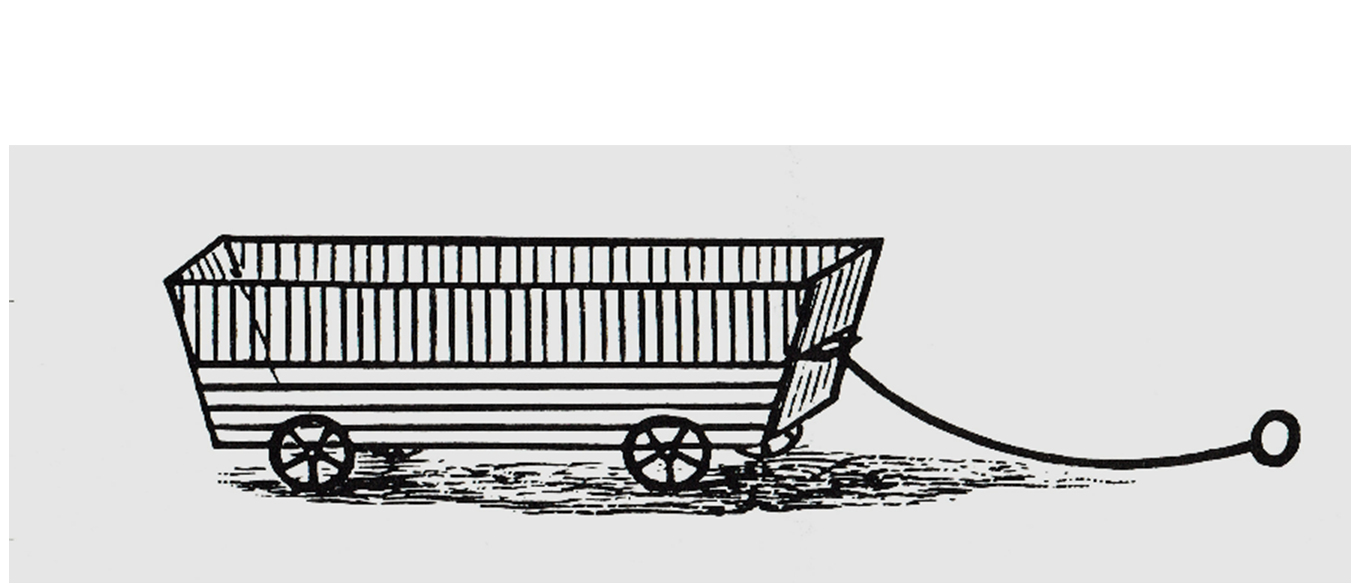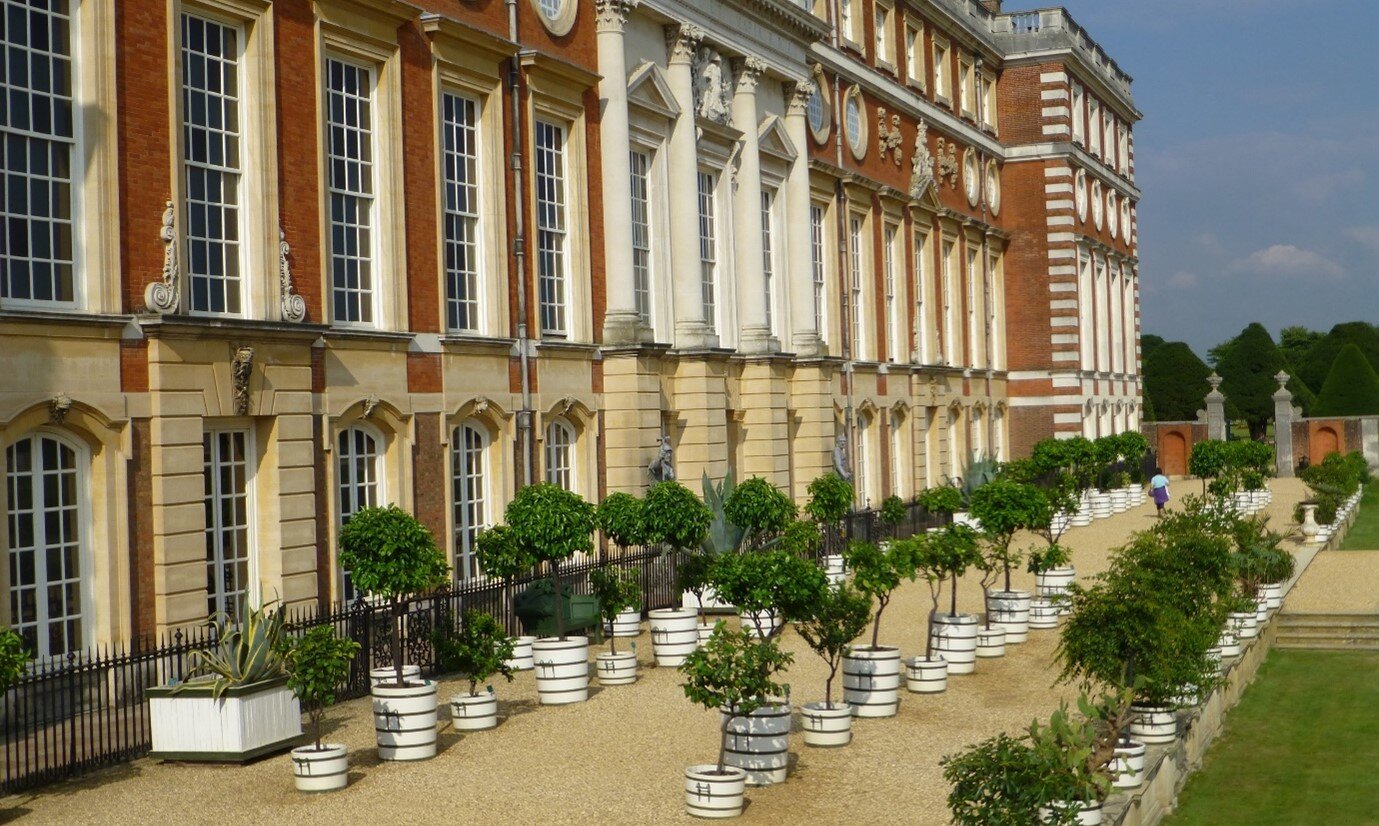Orangeries and Glass Cases
/Figure 1. Orangery at Hortus Botanicus Leiden, founded 1590. Image by Jan Commelin shows it in 1676.
Citrus trees arrived in Europe about 830AD and were first recorded in Sicily. As well as being attractive plants which fruited and flowered at the same time, they required expert care and so became prized by elite garden owners. In northern Europe the plants could not survive the winter outdoors and so specialist buildings were erected for them. Some Orangeries were no more than spacious building with high doors through which the plants could be wheeled to be cared for over winter, Figure 1.
The Dutch gardeners and engineers were especially skilled in the construction of buildings to house the exotic and tropical plants which were brought back from their colonies by the Dutch East India fleet. The Hortus Botanicus in Amsterdam had richest collection of exotics in Europe.
Figure 2. Jan Commelin, commissioner at the Hortus Botanicus in Amsterdam, supervising gardeners in his heated Orangery, 1676.
Early on some Orangeries used open fires or braziers and the uneven heat and smoke killed many plants. The need for good ventilation and lighting was soon understood by the Dutch and some Orangeries had closed stoves (Figure 2). However tropical plants need a constant even heat which was difficult to gauge – no reliable thermometers were available until 1714-and this led to the development of underfloor flue heating.
Figure 3. Plan of a Glass Case for Hampton Court by Hendrick Floris
When Mary II and William III came to England to take up the offer of the joint crown in 1689 they brought with them Hendrick Floris who constructed 3 ‘Glass Cases’ at Hampton Court to house their collection of exotic and tropical plants. Each was 55 feet long, 8 feet broad at bottom and 5 feet at top with an all glass front made up of 14 doors. The back wall had a stove behind it which heated the air in the flues for underfloor heating (Figure 3). In addition, for use in very cold weather, each had 4 fireplaces into which grates like a waggon were pulled once the fire had started to burn clear (Figure 4).
Interest in Queen Mary’s collection of exotics was revived in the 1990s and now Hampton Court places the plants as they would have been displayed in the 17th century (Figure 5).
Figure 4. A fire waggon. Figure 5. The Upper Orangery Terrace at Hampton Court
Figures 1, 2 and 5 courtesy of Kate Harwood. Figures 3 and 4 from The Gardens of William and Mary by David Jacques and Arend Jan van der Horst, 1988.






